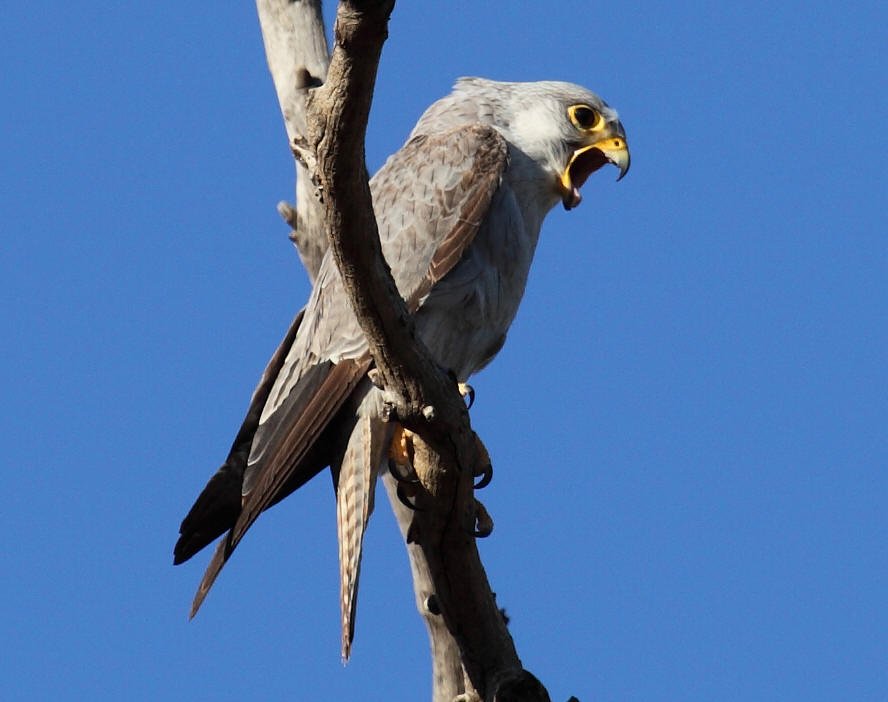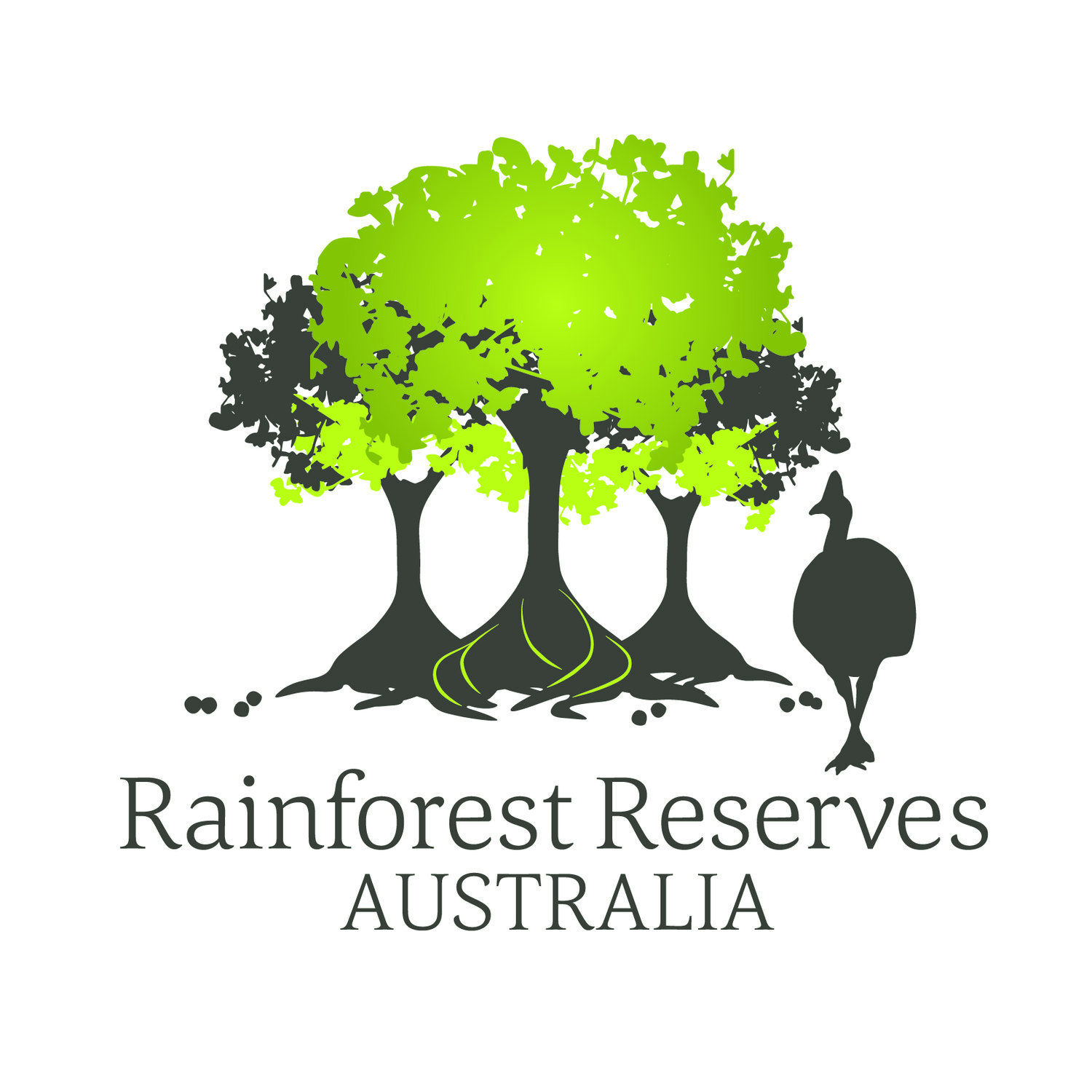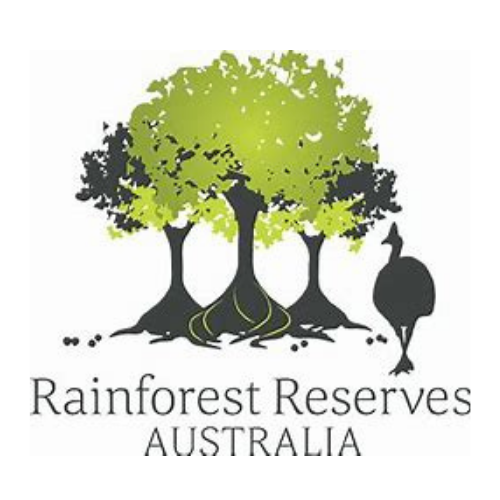
10.01.25
Media Release
The Prairie Wind Farm yet another blow for Queensland’s threatened wildlife
Rainforest Reserves Australia strongly opposes Minister Tanya Plibersek’s decision, announced on 9.01.25, to approve Windlab’s Prairie Wind farm in North Queensland. The approval gives the go-ahead to a 116 turbine wind farm 40km northeast from Hughenden, North Queensland that will impact critical aerial and ground wildlife habitat. The vast development will fragment habitat across a whopping 34,500 ha area.
This is the latest in a string of approvals by Minister Plibersek that should never have been granted. The Prairie Wind Farm will see the annihilation of Vulnerable Squatter Pigeon habitat, Endangered Koala habitat, Endangered Greater Glider habitat and Vulnerable Grey Falcon habitat:
· 3 hectares (ha) of koala breeding/foraging habitat
· 925.4 ha of koala dispersal habitat
· 787.1 ha of squatter pigeon (southern) breeding habitat
· 1,053.8ha of squatter pigeon (southern) foraging and dispersal habitat
· 3 ha of grey falcon breeding/roosting habitat
· 1,103.9 ha of grey falcon foraging habitat
An extensive network of roads must be carved into the land: 124 km of access roads, 21 km of smaller vehicle access roads and a further 22 km of access roads for the transmission easement will be required. Proposed access corridors will be 40 m in width. This will fragment the landscape and degrade it. New roads will create edge effects, introduce weeds and allow feral species easy access. Vehicle strike during construction is possible. Once quiet country roads will become the main thoroughfare for vehicles moving back and forth from the site. Threatened Koalas and Squatter Pigeons will be vulnerable to being hit on the roads by heavy vehicles ferrying machinery and infrastructure around the site.
The birdlife in this region is rich. A total of 8 raptor species were observed during field surveys:
◼ black kite
◼ brown falcon
◼ grey falcon, Vulnerable
◼ nankeen kestrel
◼ peregrine falcon
◼ square-tailed kite
◼ wedge tail eagle
◼ whistling kite
Vulnerable Squatter Pigeons are thriving onsite with 72 observed in 2021 field surveys. Once operational, turbine strike will almost certainly impact raptor populations, as well as other bird and bat species.
Endangered Koalas are confirmed to live on the wind farm site. Koalas that inhabit the western edges of their range in North Queensland, such as those existing on the site of Prairie wind farm, are among the most genomically important populations in Australia. A recent study details the importance of genetic diversity in Koala populations when considering how to best conserve the species[i]. Northern koalas are Australia’s most genetically diverse, so efforts to conserve their habitat are profoundly important – these koalas may hold the key to the survival of the species[ii].
Koala populations such as those found around Prairie wind farm generally exist at low-density levels. These koalas are known to roam far and wide during mating season. It’s an unknown how wind turbine noise will impact their behaviour. It may potentially mask their mating calls or repel them from the vicinity entirely due to the low decibel sound of wind turbines spinning. So not only will koalas at Prairie wind farm site lose their dispersal habitat and feeding trees, but they may also be driven away from the area completely due to the wind farm noise footprint. With so many wind farms destined for koala habitat in Queensland, we are extremely concerned about the unintended negative impacts on wild living koala populations.
The Federal Approval of Prairie Wind Farm has been granted with a set of characteristically ineffectual guidelines that attempt to mitigate against the catastrophic harm the wind farm could inflict upon threatened species. For example, one approval condition states that “The approval holder must consider that the red goshawk impact limit is one individual injured or killed because of the commissioning or operation of the Action”[iii]. Firstly, this condition assumes the proponent can detect all bird strike carcasses from wind turbines (unlikely because scavengers can get to a carcass long before it’s found by surveyors and also, it’s highly unlikely that all of the 116 wind turbines will be surveyed regularly at all). Secondly, regarding wind farms in general, there is no daily onsite independent presence or oversight required that would ensure everything is thoroughly reported and all processes strictly followed. Everything is done “in house” with only sporadic independent auditing required.
We are deeply concerned about the fate of Queensland’s wildlife who is experiencing an escalating assault from the proliferation of vast renewable developments on their habitat. Slowly but surely, much of the unprotected habitat that remains in Queensland is being chipped away by large-scale wind and solar. The EPBC laws are performative only and offer no protection to our threatened species. Most proponents expect their damaging projects will get over the line in Queensland, and 99% of the time, they do.
[i] https://www.sydney.edu.au/news-opinion/news/2024/12/03/new-map-shows-where-koalas-are-at-most-risk.html
[ii] https://www.abc.net.au/news/2023-02-22/north-queensland-koala-research-genetics-climate-change-survival/102005024
[iii] 2022-09312-Approval Decision p. 11
Images below: Site of Prairie Wind Farm. Grey Falcon by Christopher Watson (http://www.comebirdwatching.blogspot.com/). Koala documented near the site of Prairie Wind Farm, in Prairie Wind Farm Ecological Assessment Report, p.72, Koala scat and evidence, also from the Prairie Wind Farm Ecological Assessment Report, p.73.







